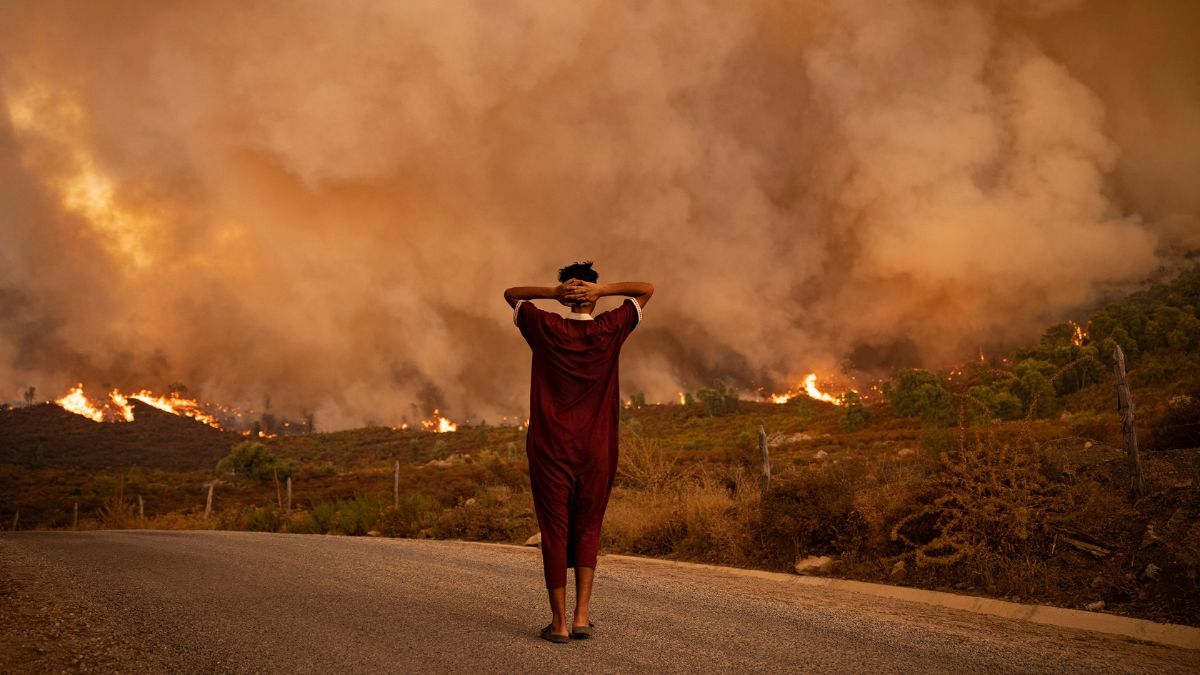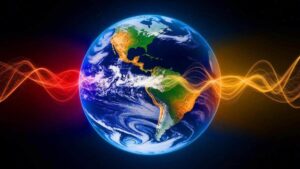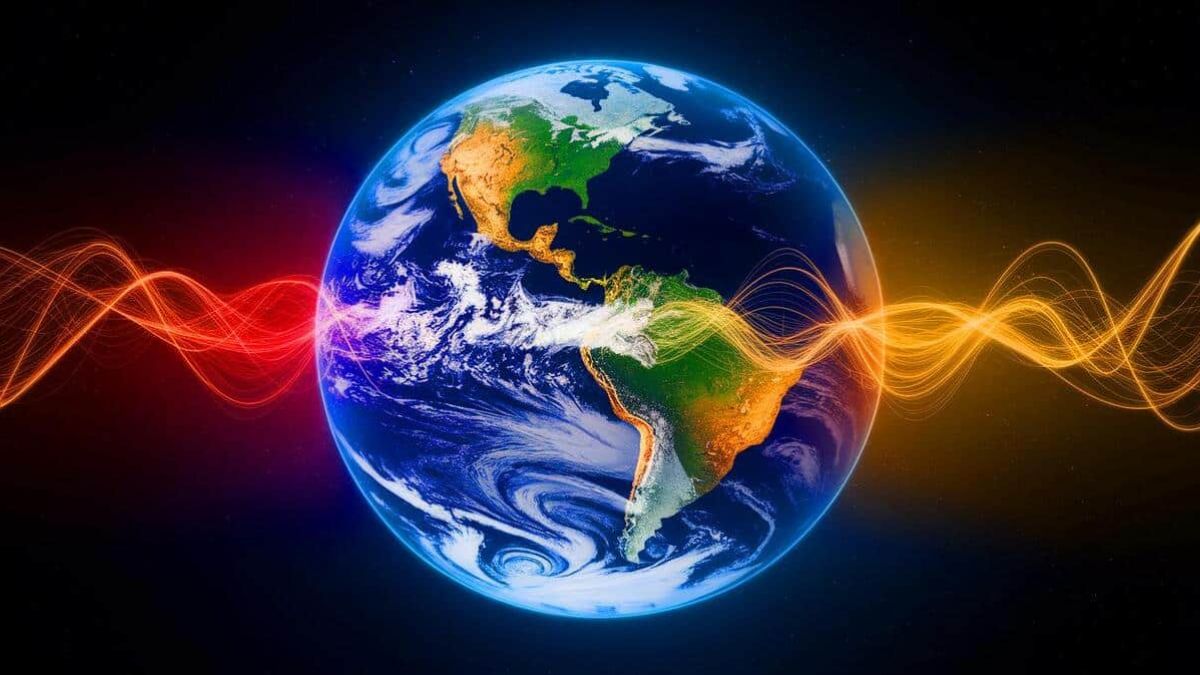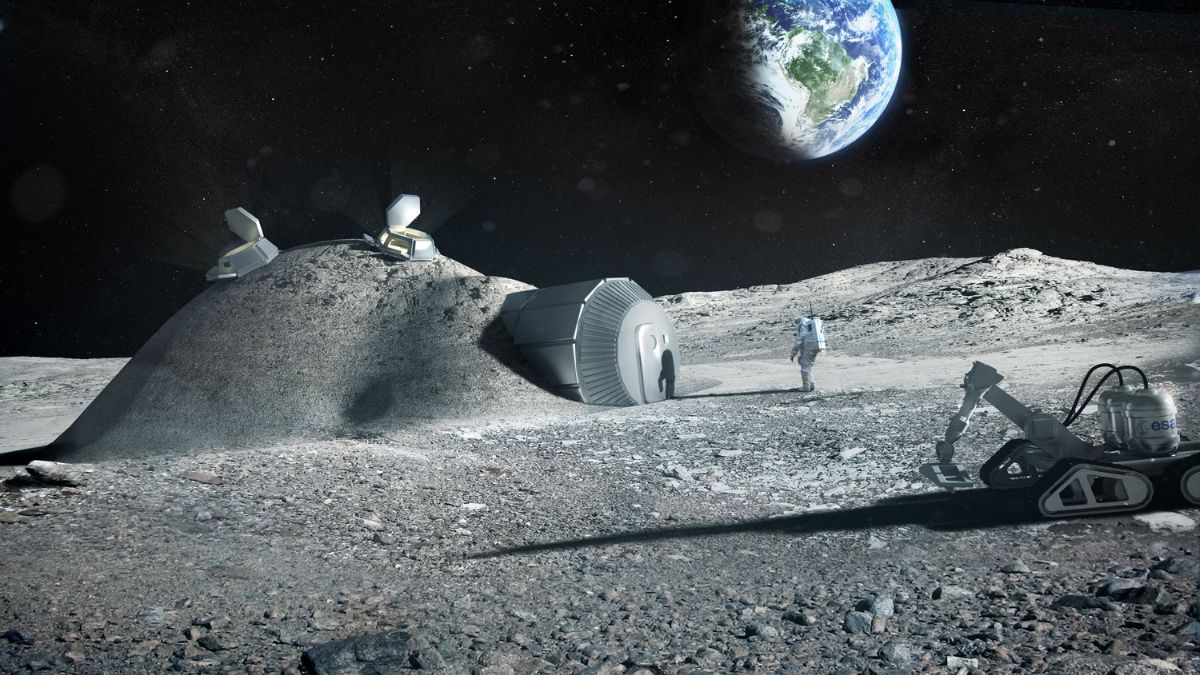In recent years, we’ve seen the devastating power of storms like Sandy in 2012 and Elliot in 2022. But scientists warn that the future may hold even worse events, fueled by climate change. Warmer oceans are creating stronger hurricanes, while shrinking snowpacks are threatening America’s water supply and increasing wildfire risk. The combination of these factors paints a troubling picture for the coming years.
Hurricanes
Climate scientists have long said that warmer ocean temperatures make hurricanes stronger and wetter. Category 5 hurricanes, the current maximum classification, already bring winds of over 157 mph and cause catastrophic destruction. But new research suggests that storms may soon exceed even this scale.
Some experts believe we will need to create Category 6 or even Category 7 to account for storms reaching wind speeds of 175 to 200 mph. Events like Super Typhoon Haiyan in 2013, which hit the Philippines with 195 mph winds, prove that such storms are possible.
As ocean temperatures rise, hurricanes are not only intensifying faster but also maintaining high wind speeds for longer and releasing far more rainfall. This means communities will face storms that cause greater flooding, destruction, and loss of life.
Snowpack
While hurricanes grab the headlines, another slow-moving crisis is emerging in the United States: the decline of snowpack. The winter of 2022–2023 revealed abnormally low snowfall in the western U.S., with some regions losing over 50% of their snow water equivalent.
Unlike a storm that comes and goes, the loss of snowpack lingers, bringing long-term consequences. Snow acts as a natural reservoir, storing water in the winter and releasing it slowly during spring and summer. Without it, reservoirs, aquifers, and rivers dry up, leaving farmers, cities, and millions of people without reliable water supplies.
Consequences
The effects of shrinking snowpack extend far beyond water shortages. With less runoff, hydropower generation declines, threatening electricity supplies. Agriculture suffers as irrigation becomes scarce. And perhaps most worrying, reduced snowpack makes forests drier, creating ideal conditions for massive wildfires.
These fires don’t just burn trees and homes—they release harmful smoke that spreads across states, worsening air quality and public health. The quiet disappearance of snow, though less dramatic than hurricanes, may actually pose a more lasting danger to American communities.
Comparison
Storms like Sandy and Elliot showed us the destructive force of nature, but they pass. The vanishing snowpack, however, builds year after year, creating a cumulative effect that undermines entire ecosystems. From water scarcity in Los Angeles and Phoenix to fire risk in Colorado and Montana, the lack of snow could reshape life across much of the country.
Outlook
The U.S. government has invested in rebuilding after superstorms, but the challenge of disappearing snow requires different solutions. Without urgent action, the country faces a future where drinking water, food production, energy supplies, and wildfire safety are all under threat.
Climate change has pushed us to a point where even a snowy winter is no longer guaranteed. If we do not act, we may soon find that the real disaster isn’t the next hurricane—it’s the silent loss of snow.
FAQs
What is snowpack?
It’s accumulated mountain snow that stores water for later use.
Why is snowpack important?
It feeds rivers, supplies water, and supports farming and power.
How does climate change affect hurricanes?
Warmer oceans make storms stronger, wetter, and more intense.
Could a Category 6 hurricane exist?
Yes, storms above 175–200 mph may need a new category.
What happens if snowpack keeps shrinking?
Water shortages, weaker hydropower, and higher wildfire risk.























